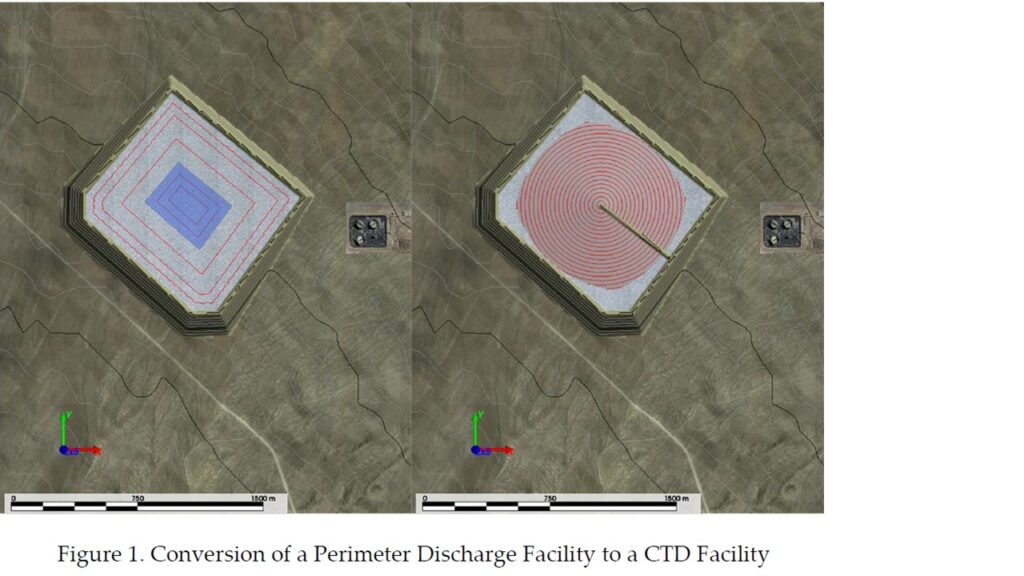
In November my former coworker, Andy Rudy, and I will be presenting at the 23rd International Conference on Paste, Thickened and Filtered Tailings, a Virtual Conference. You can find out about this conference at https://paste2020.com/?idioma=ingles. Pre-recorded presentations will be available from Monday, November 7 at 08:00 AM (UTC – 3), in English and Spanish.
Andy and I will be presenting on Central Thickened Discharge for TSF Closure. The notion of this application first occurred to me sometime before the year 2000. We were working on a “ring dike” TSF in northeastern Nevada, and this TSF had a very significant supernatant pond sitting on it. The pond was large and deep. One activity that we were watching after was an effort to place tailings into the central area of the pond, and “raise the bottom” of the pond. An HDPE slurry pipe was positioned near the central pool area and allowed to pour tailings into the pond area. We watched closely so that the pond didn’t encroach too closely on the embankments. Evaporation of the pond, with its larger surface area, really helped too.
For most of the summer, this activity continued. The pipe was moved from time to time, and underwater “islands” were formed here and there, beneficially filling the “hole” in the center of the TSF with the most inexpensive fill material available (i.e., tailings).
It was a short leap to go from there to the concept of central thickened tailings for TSF closure. We never actually implemented it there, but it was the seed of thought for future possibilities. Obviously, once you convert to central discharge for closure, your operation becomes all about water management. I encourage you to attend the talk to find out more about this concept.

